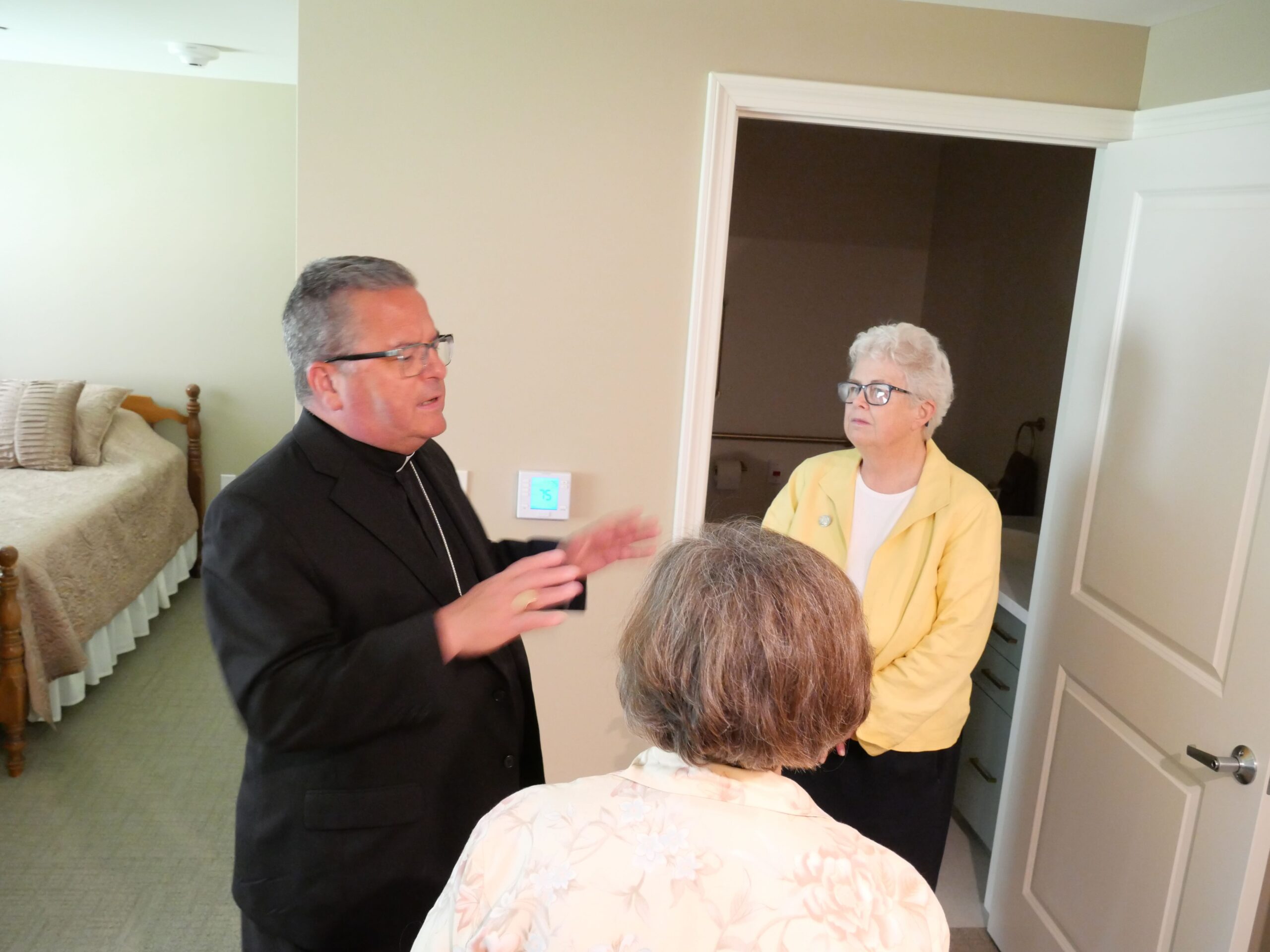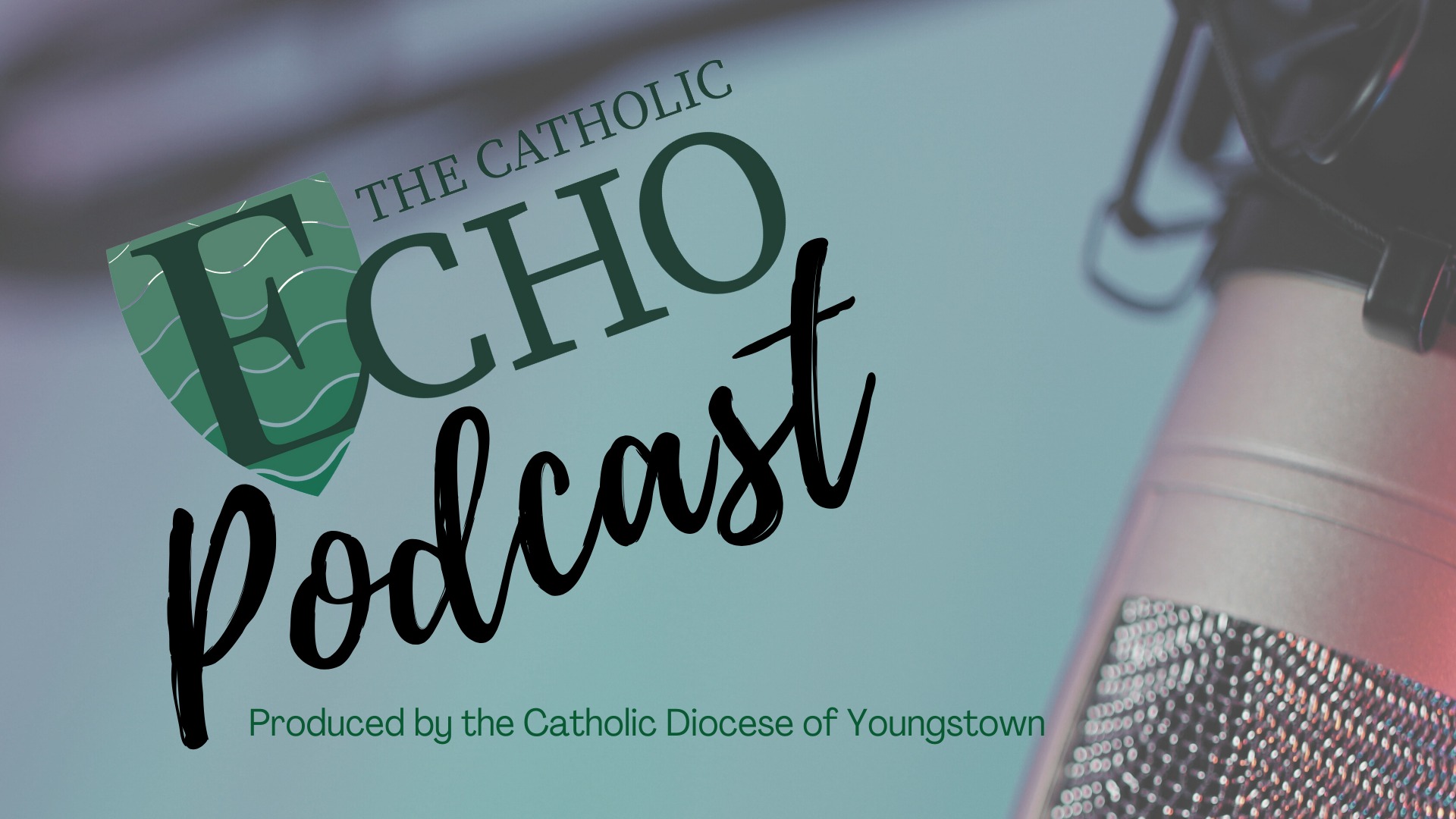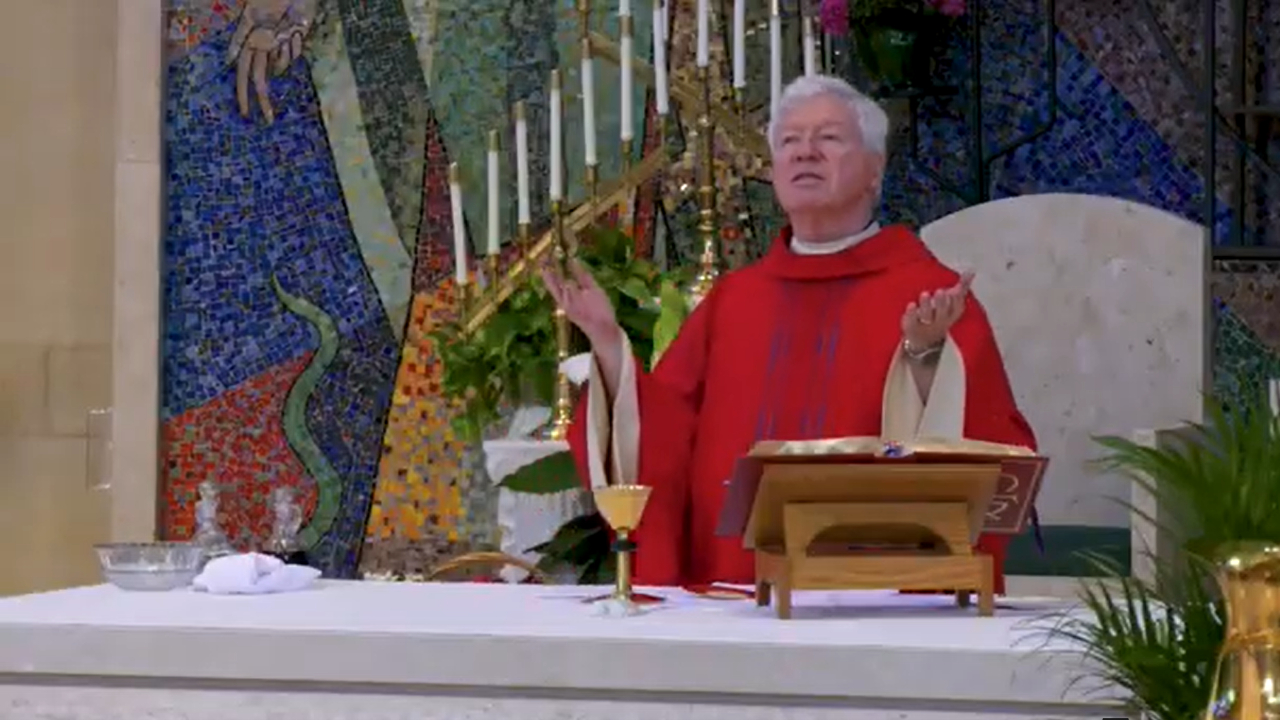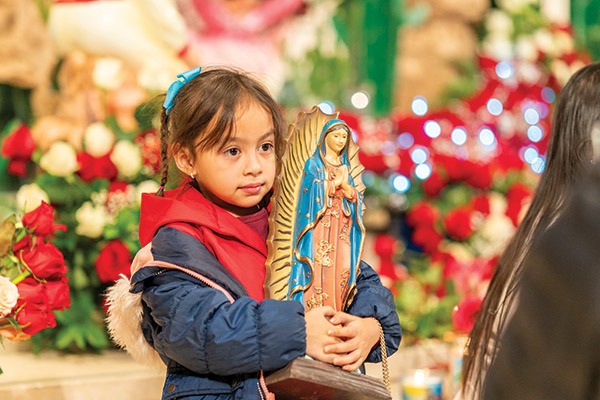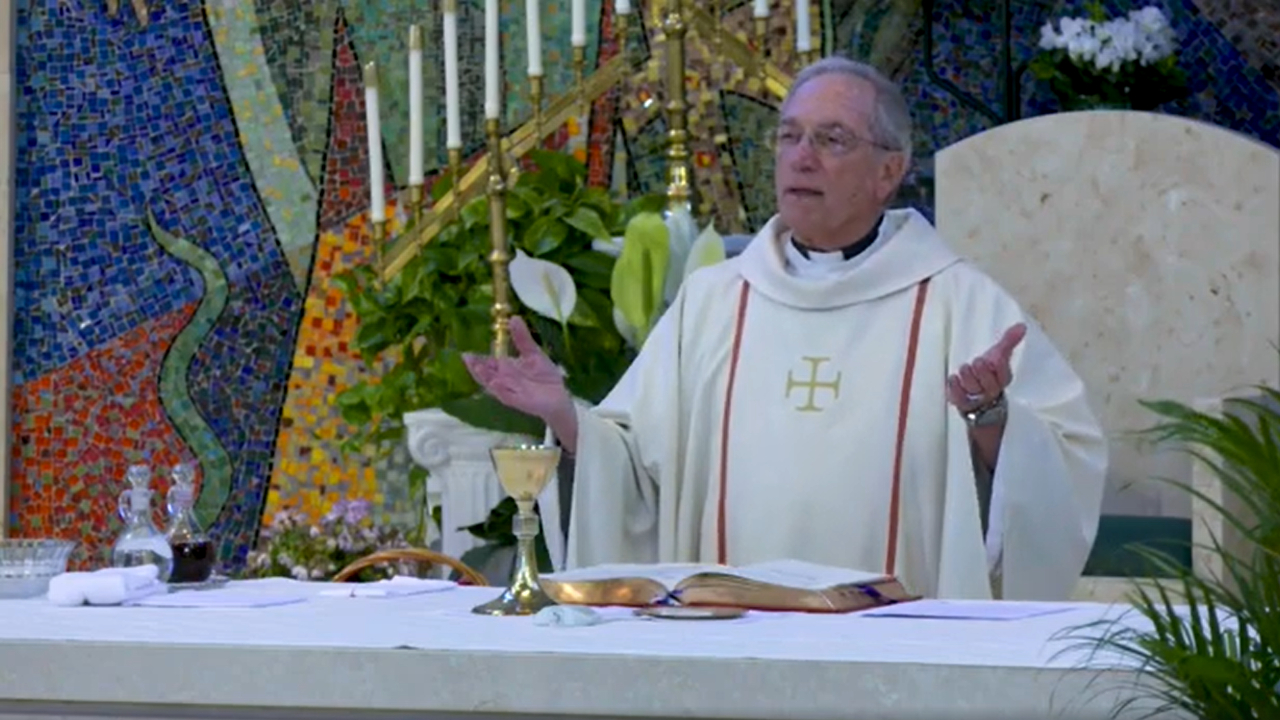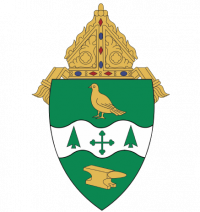Feast Day: June 13
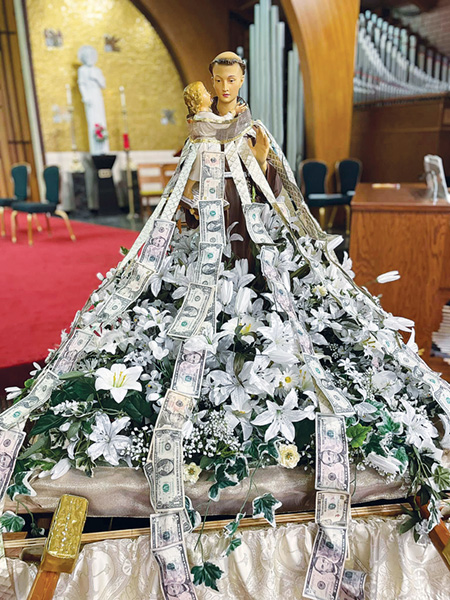
If you ever prayed to Saint Anthony for help in finding a missing key, ring or checkbook, you’re already connected to the story of one of the most famous saints of them all.
Born Fernando Martins in 1195 in Lisbon, Portugal, to a wealthy family, the man known as Saint Anthony of Padua was sent by his family to study at the local cathedral school. Later, he entered the Augustinians of Canons Regular of the Order of the Holy Cross—studying first in Lisbon but later Coimbra, then-capital of Portugal—for the priesthood.
After ordination, he served as guestmaster for the Canons Regulars’ abbey in Coimbra. When Franciscan friars—then a relatively new order—established a hermitage outside Coimbra dedicated to Saint Anthony of Egypt, Saint Anthony was drawn by their evangelistic zeal, simple lifestyle and the example of some of their brethren in embracing martyrdom in Morocco.
Soon, he received permission to transfer to the Franciscans—officially taking the name “Anthony.” Inspired by Franciscan martyrs there, Saint Anthony set out for Morocco, but fell ill. Various circumstances impeded his return to Portugal, so Saint Anthony ended up at a Franciscan hermitage near Forlì, Italy, for prayer, study and recuperation.
Then, in 1222, Saint Anthony was pressed into duty to preach to a group of visiting Dominican friars. Despite Saint Anthony’s reluctance, his eloquence and rich knowledge impressed everyone present.
Eventually his talents caught the attention of Saint Francis of Assisi himself—the Franciscans’ founder. Saint Francis was so impressed with Saint Anthony’s commitment to the Franciscan vision that he entrusted him with instructing his friars.
Saint Anthony sometimes taught at universities in France but preferred street preaching—having a gift for reaching the unlearned and the learned as well. Appointed general superior for Northern Italy in 1226, Saint Anthony chose Padua as his base. Two years later, he was appointed his order’s envoy to Pope Gregory IX, where his preaching gained greater notoriety.
Among the many miracle stories associated with Saint Anthony, perhaps the most famous occurred when he was preaching in Rimini, Italy, and was heckled by heretics. In response, Saint Anthony walked to the shoreline, drawing a multitude of fish who listened to his preaching—humbling his hecklers.
According to another story, Saint Anthony had a book of Psalms with notes for teaching, but the book was stolen by a friar who left the order. Saint Anthony prayed for the book to be found. In time, the friar returned with the book—the basis for his becoming patron saint of lost objects.
Saint Anthony died in 1231. He was buried at his request at a small church— Santa Maria Mater Domini. Later, a large basilica was built there in recognition of Anthony’s prominence. Pope Gregory IX canonized Anthony less than year after his death. In 1946, Pope Pius XII named Anthony a Doctor of the Church.
In the Youngstown Diocese, St. Anthony of Padua Church on the North Side of Youngstown—part of the Basilica of Our Lady of Mount Carmel/St. Anthony of Padua Parish—bears his name, and all are welcome to their Saint Anthony feast day celebration on June 13 at 6 p.m. St. Anthony Wayside Shrine on the grounds of St. Paul Monastery, in Canfield, also draws about 5,000 pilgrims annually.
